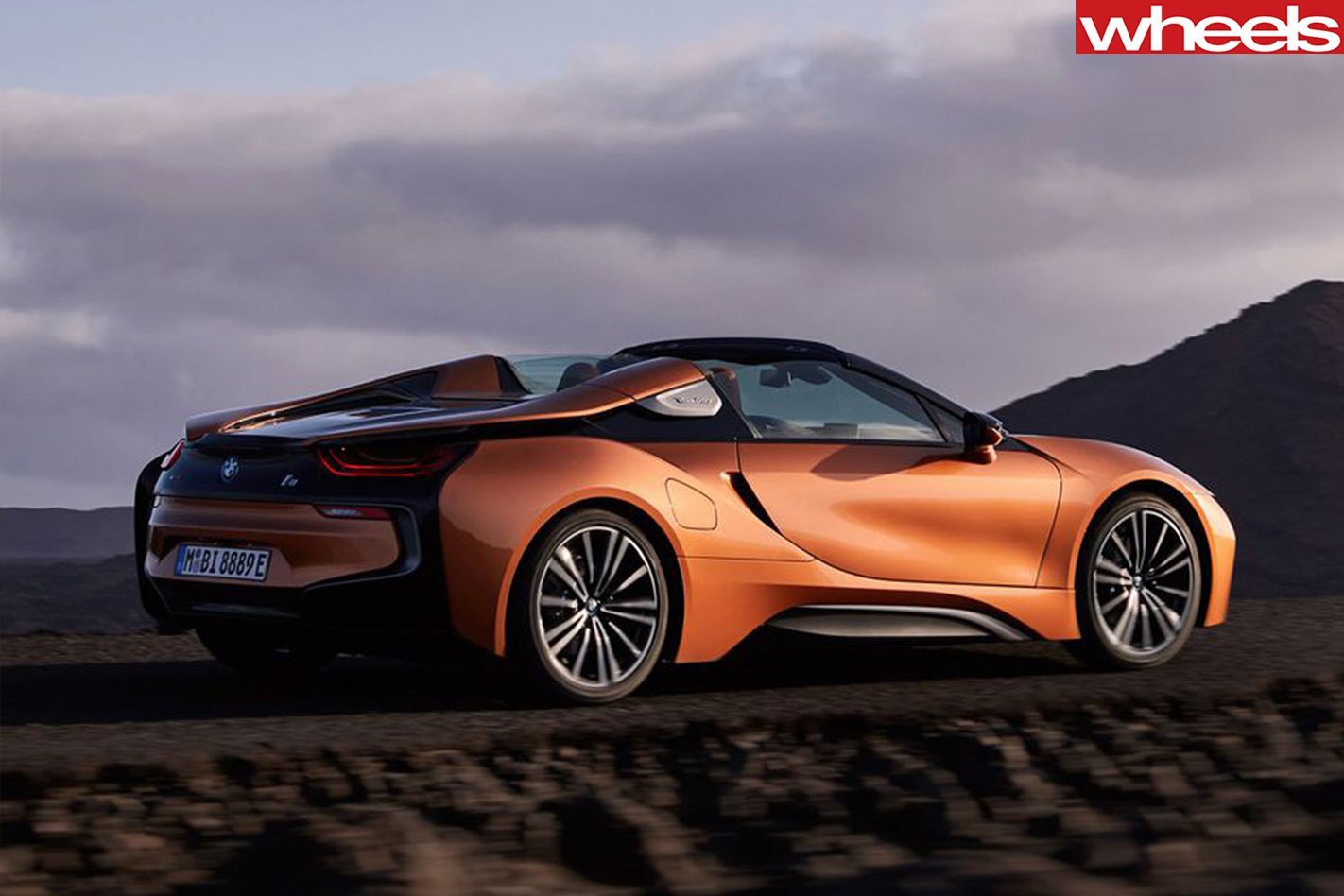Like it or not, electrified drivetrains are arriving fast. Here are seven bound for Australia in 2018 that we’re pretty amped about.
1. BMW i3S

The i3S is the sport variant of BMW’s smallest electric model, the i3. This five-door hatchback is the only sub-$100K electric car in Australia (and has been for the past four years) that you can buy right now. It’s powered by a single 135kW/270Nm electric motor driving through a single-speed transmission. Combined with the lightweight carbonfibre construction, the i3S will hit 100km/h in 6.9 seconds, faster than a Mazda MX-5. Charge it with green electricity and you’ll reduce your motoring carbon footprint to zero. The i3S is 40mm wider than the standard i3, rides on stiffer, lower suspension, 20-inch alloy wheels and features BMW’s dynamic traction control system the company says allows for “mild and safely controllable drifts when grip levels are reduced”. That’s right, it’ll drift. Apparently. Send us a photo if you manage it.
2. BMW i8

3. Hyundai IONIQ

The first Hyundai IONIQ is expected to go on sale in the second quarter of 2018 with a starting price around $37,000.
4. Range Rover and Range Rover Sport PHEV

5. Jaguar I-Pace

6. Nissan Leaf

7. Mercedes-Benz AMG CLS53






